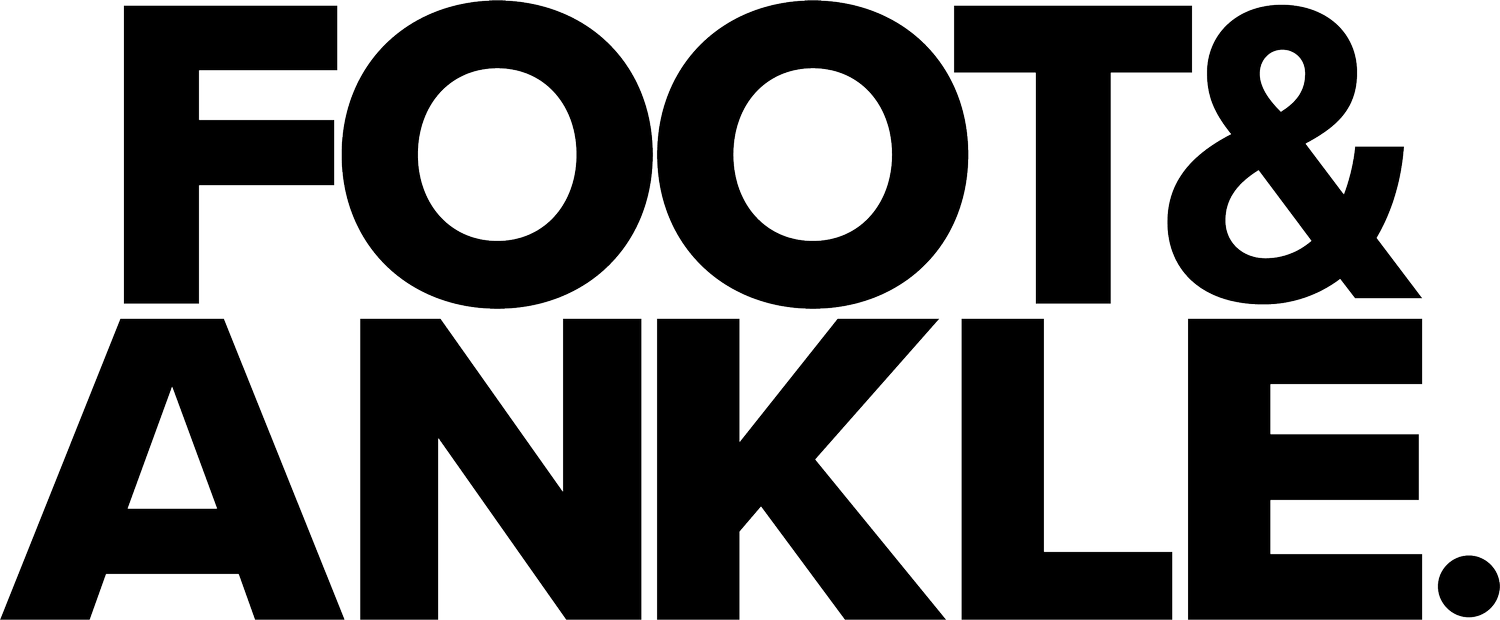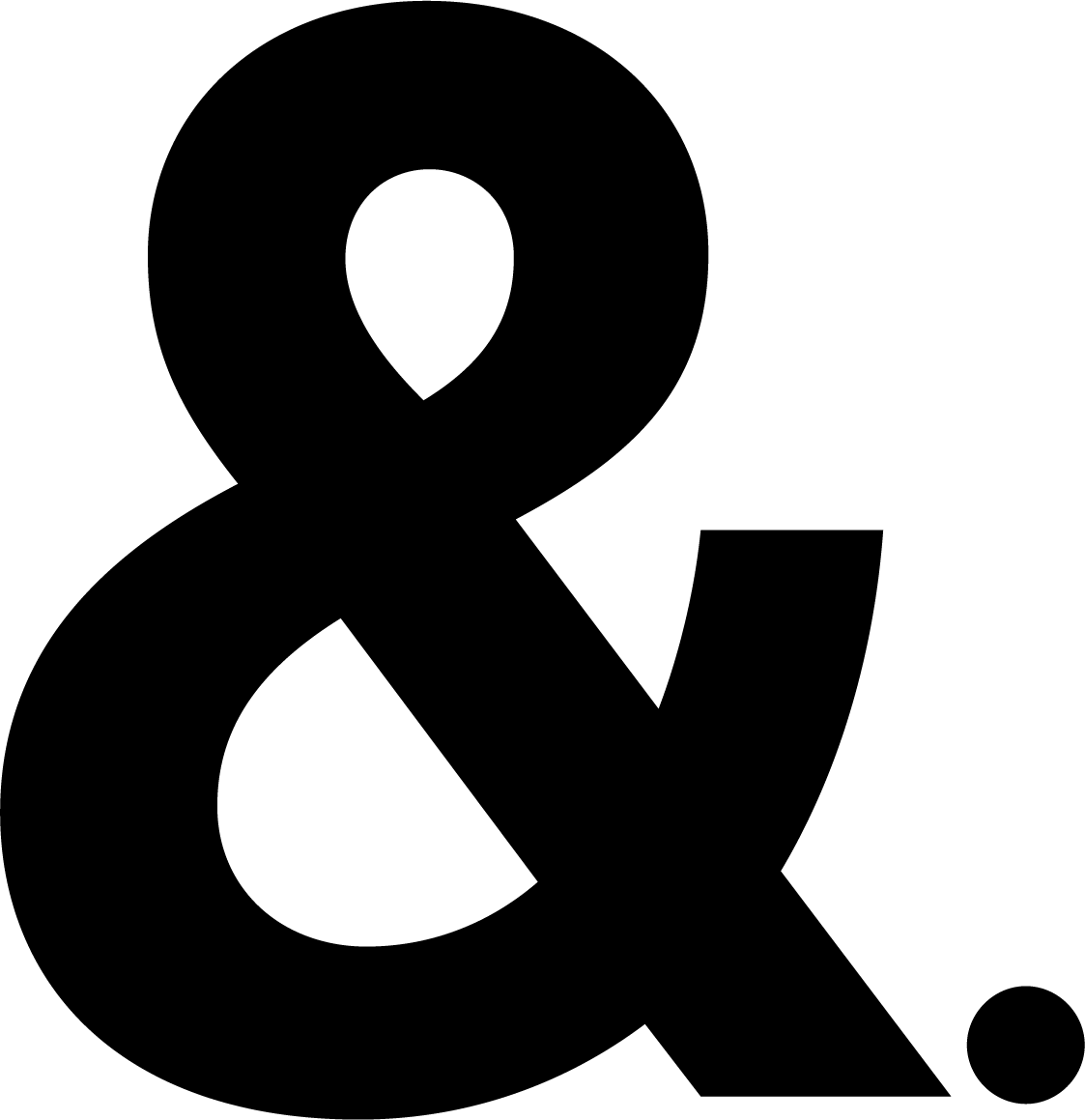4 Common Mistakes Of A Calf Raise.
A calf raise is an extremely versatile exercise and rehabilitation tool. It is commonly prescribed for foot and ankle pain and rehabilitation, but unfortunately, it is not always completed with the correct technique.
The calf is an extremely important muscle for walking, running and change of direction movements. It works in synergistic combination with the Plantar Fascia, Achilles Tendon and even aids in knee function. The soleus muscle, one of the seven muscles of the lower leg, absorbs 6.5-8 times bodyweight force during running, whilst the gastrocnemius takes 2-3 times bodyweight force. It’s easy to see how important calf strength is for runners and walkers.
Assessing calf function and capacity is an important part of the Foot & Ankle team’s assessment.
You may have read in our Exercise Prescription blog, skill is an adaptation of exercise. Skill and technique go hand in hand (or foot in foot in our case). Higher levels of technique will result in improved calf loading during rehabilitation exercise, and better subsequent adaptations of strength, power or endurance.
Here are 4 common technique based mistakes of a calf raise:
Not loading your forefoot equally
Whilst completing a calf raise, your forefoot (metatarso-phalangeal joints - aka MTPJs) should have equal pressure from under the big toe joint (1st MTPJ, all the way through the lesser joints into the little toe joint (5th MTPJ). The pressure should be equal for the entirety of the calf raise. If it’s not equal, you may notice increased loading on the outside or inside of your forefoot.
Focus on keeping the pressure spread equally over your whole forefoot.
2. Not going to full height
It is common with poor calf capacity, to lack the ability to complete a calf raise to full height. This means, how high your heel can go off the ground and maintain control. It is very common for heel height to diminish or lower, as fatigue sets in.
Focus on aiming to complete full height calf raises.
3. Clawing or curling the toes
The lower leg works in a system (just like every part of the body). If one part of the system is not functioning well, another part will pick up the slack. The muscle that controls clawing or curling your toes, sits beneath your calf muscle. They are called your long toe flexors. It is very common for your long toe flexors to pick up the slack for calf weakness, and it is evident by clawing or curling of the toes during a calf raise.
Tip: if you notice your toes clawing or curling, calf raise with your toes hanging over a step or a weight plate. This will bias your calf and not allow the long flexors to pick up the slack.
4. Bending the knee
The calf complex is made up of the gastrocnemius and the soleus muscles. The gastrocnemius attaches above the knee, and therefore is biased in a standing calf raise with a straight knee. The soleus attaches below the knee and is biased in movement in a bent knee position. A common mistake or sign of gastrocnemius weakness, is bending of the knee whilst completing a standing calf raise. Don’t get us wrong - the soleus is super important! But, during a standing calf raise, you should aim to keep a straight knee.
A calf raise with great technique will do wonders for foot and ankle pain and rehabilitation, walking or running performance. If you would like the check in with your calf raise technique or for any foot and ankle concerns, book now!

